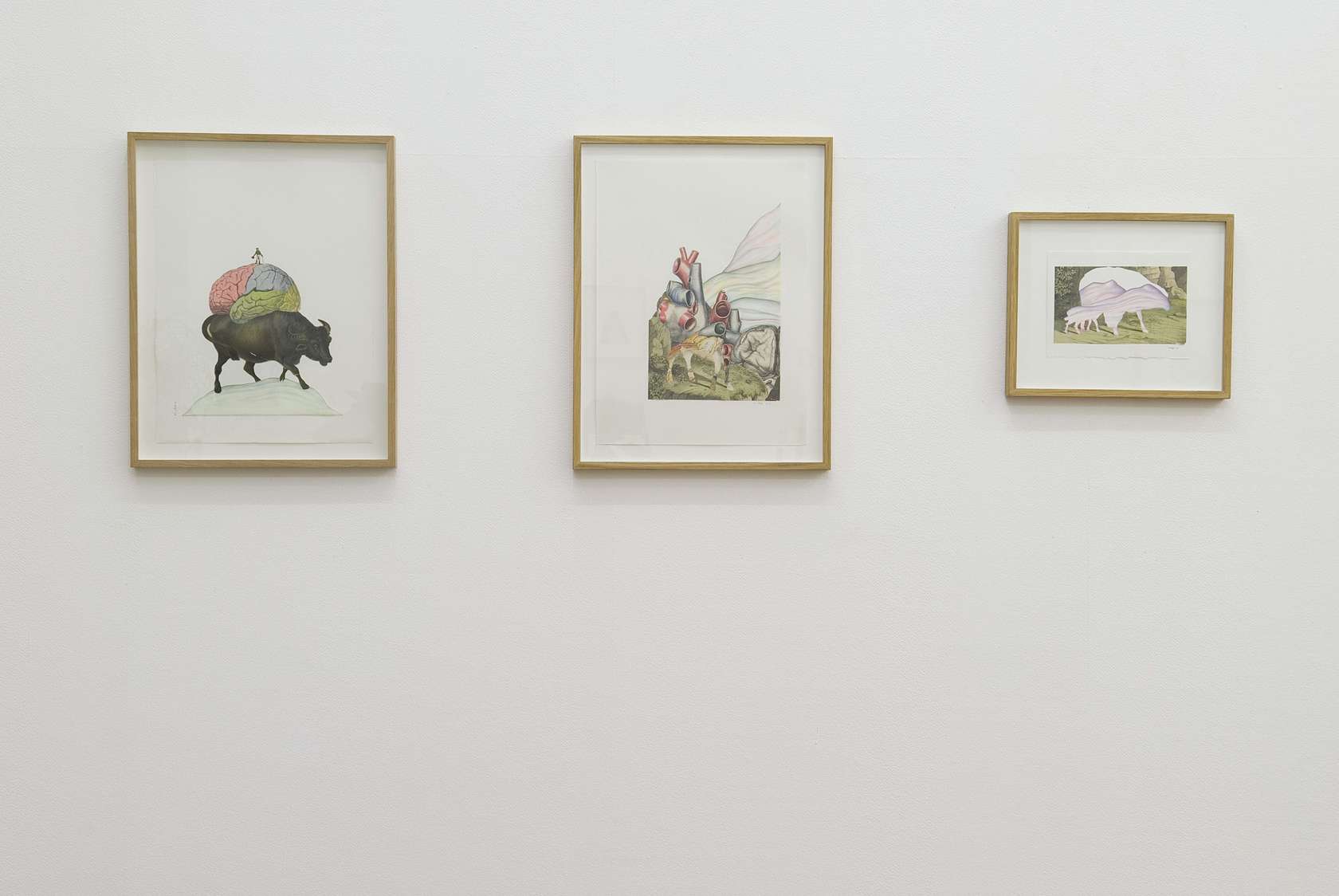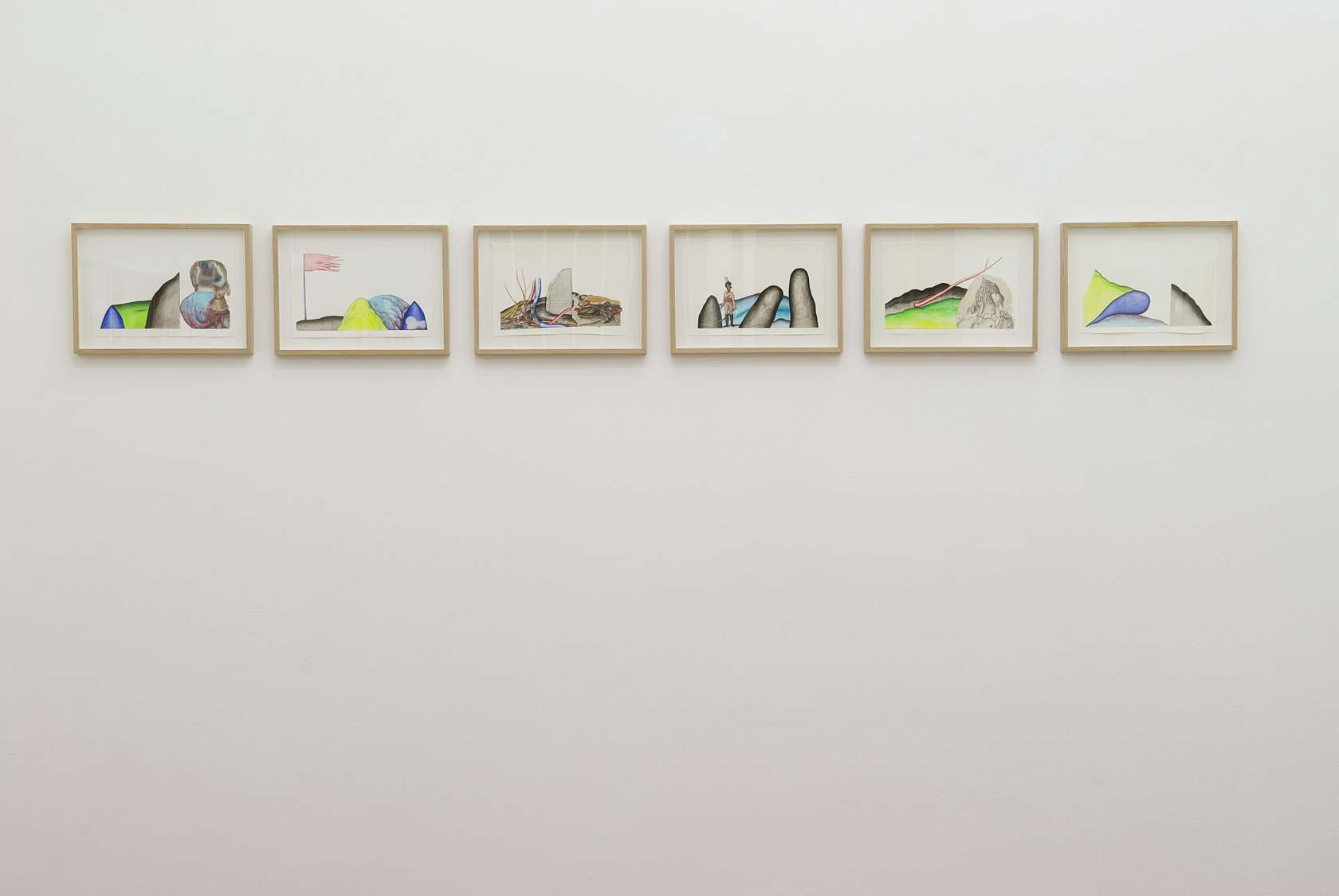The Dégé Case
Sometimes it is enough to discombobulate chronology in order to transform references into influences. Or vice versa.
Born in 1967, Guillaume Dégé would be seen as a contemporary artist. This however, does not mean that he is simply a witness of our own epoch. Far from it, he has preferred to come up with one of his own making that is perhaps more suited to him. He has made himself the hero of his own utopian, or more precisely uchronic universe. Uchronia involves recreating history not as it was, but as it might have been (for example: in Philip K. Dick’s The Man in the High Castle, the Germans and Japanese have won the Second World War and America is an occupied territory). But let’s take a closer look at the Dégé case, so we can better situate his imaginary era in time. He is a renowned collector whose aesthetic universe is that of a crazy bargain hunter: cuff links, bookplates, medals, matchboxes and other objects that were unearthed here and there, in Parisian auction houses and on flea markets. He also has a massive library, in which Manufrance mail order catalogues sit next to Philostratus’ Les Tableaux de platte Peinture (translated and published in the 17th century and known in English as The Imagines). Spending much more of his time sharpening his pencils than checking his emails, Dégé might be seen as a sort of Des Esseintes, a Joris-Karl Huysmans character, a little weary of the turpitudes of the world; the hero of the book À Rebours (Backwards), who lived in seclusion in Fontenay in the Paris suburbs, trailing his decadence along the shelves of his library or meticulously selecting flowers from his garden. Natural flowers that resemble as closely as possible their artificial counterparts. Dégé’s series of Fleurs Imaginaires (Imaginary Flowers). Plausible, yet re-invented. Armed with his well sharpened pencils, and the (non)sense of order specific to the collector, he spends most of his waking hours developing series of drawings, meticulously organized by theme, collages from engravings, herbariums… In a hypothetical history of uchronic art, there is no doubt that our boy would have influenced the aesthetic universe of Max Ernst’s collages, Une semaine de bonté (A Week of Kindness). Then Andy Warhol would have appropriated Dégé’s serial obsessions, substituting his flowers with Campbell soup cans. Roland Topor would have acclaimed him as the spiritual father of the absurd, with his elegant drawings, a precursor of Surrealism and Pop Art or even Fantastic Planet, the famous, animated, pantheistic, science fiction film by René Laloux and Topor—already a splendid list of achievements. Ok, it’s not real, but it doesn’t matter; Dégé having the good taste not to give a damn about the avant-garde or the year 40 AD. He leads his life and produces his oeuvre within a re-invented, authentic and remarkable age.
Julien Carreyn

